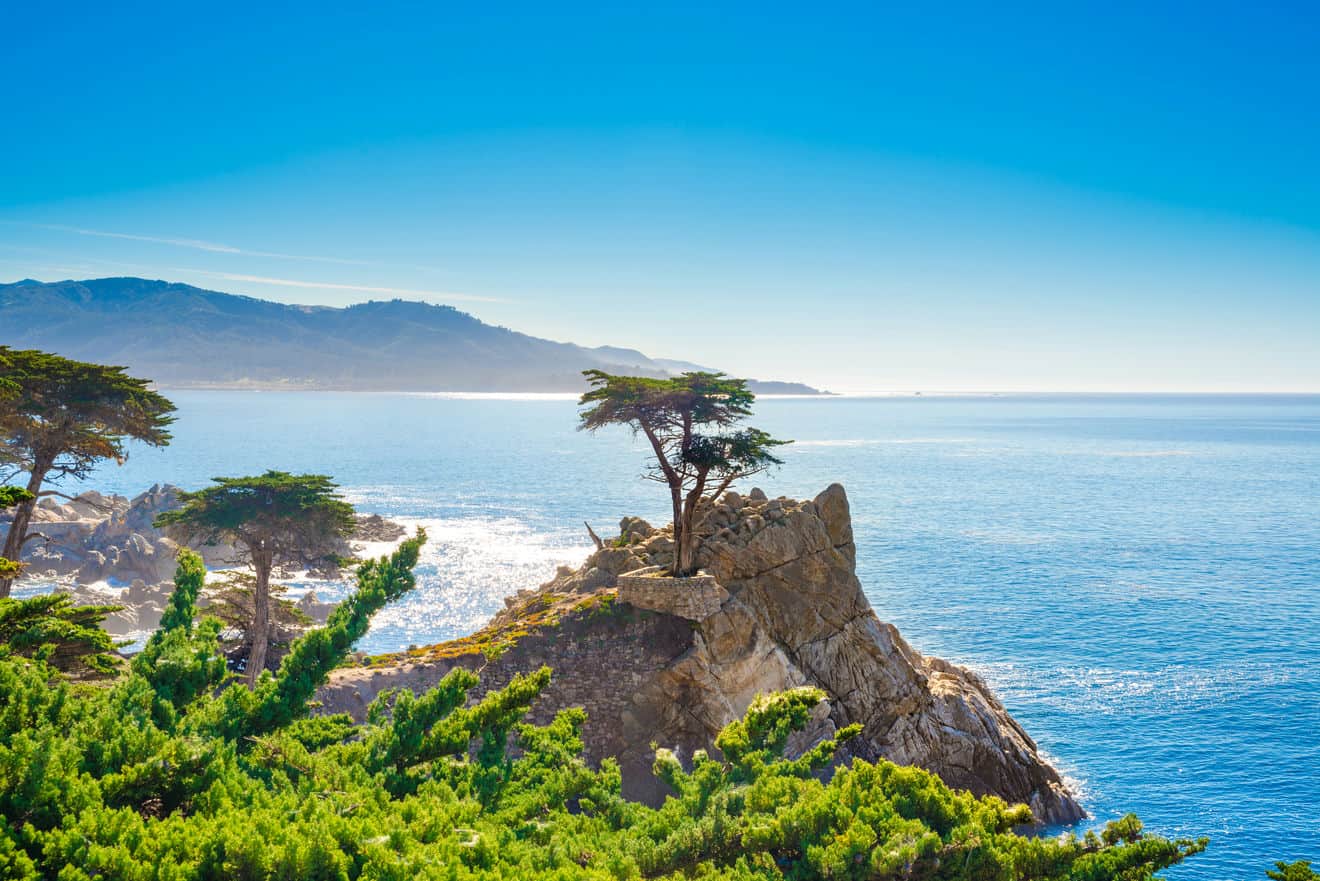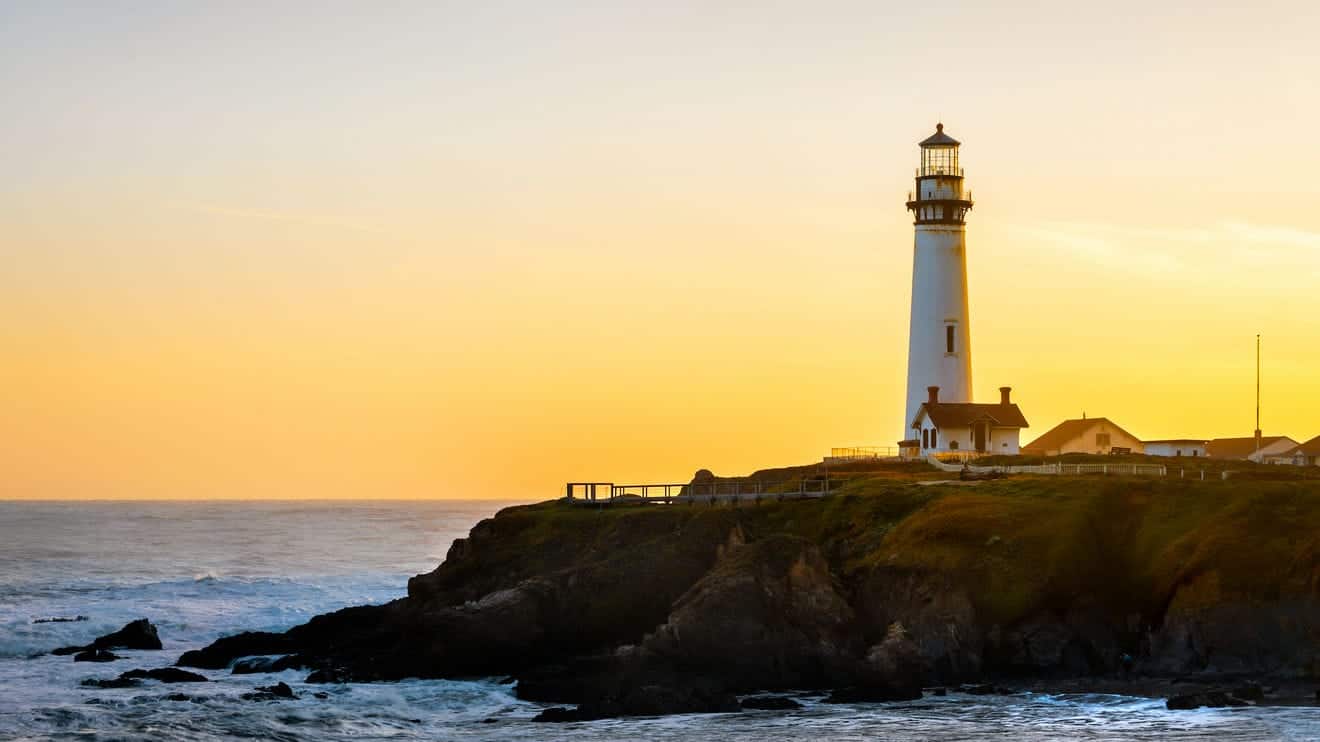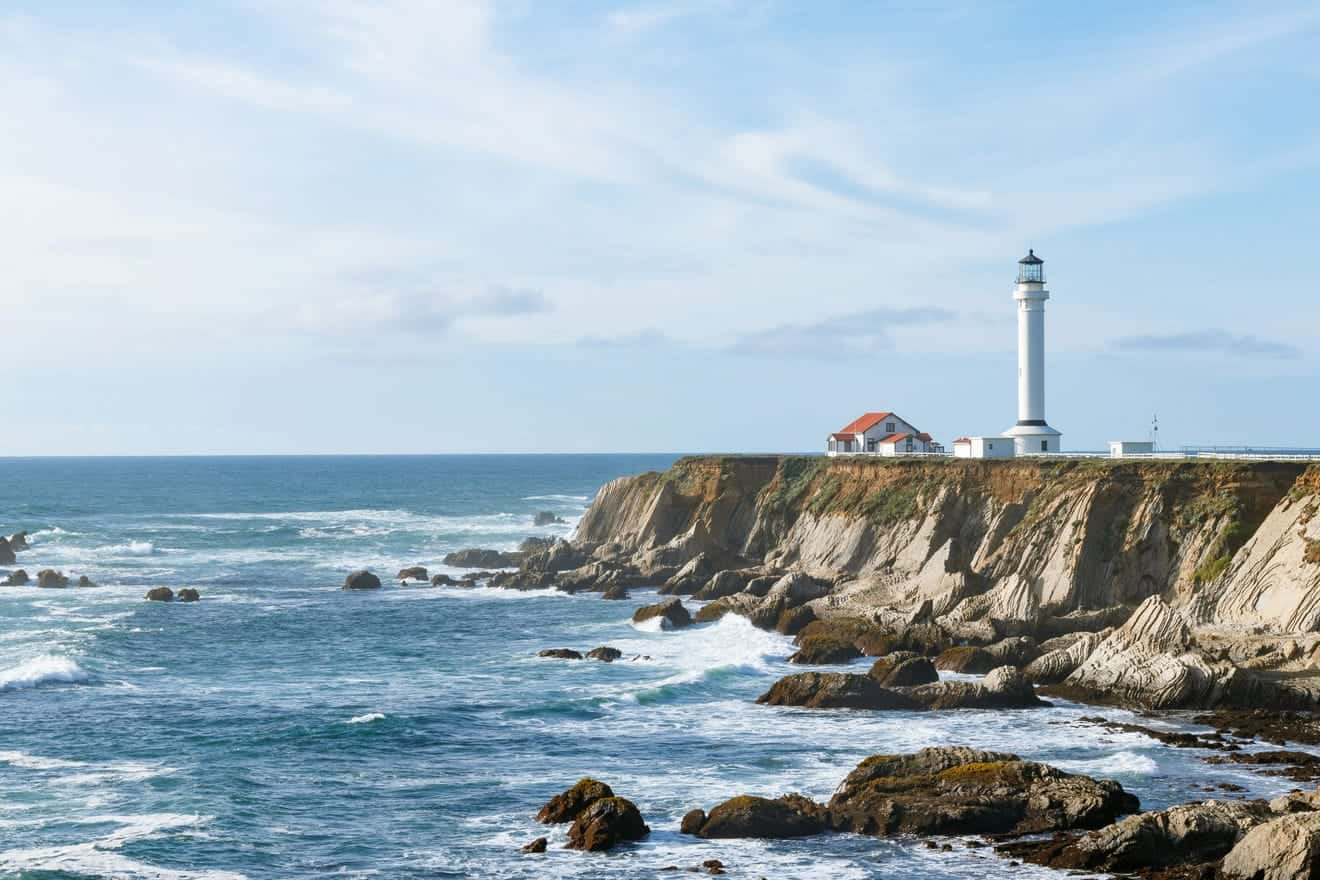Do you wish to see a real space shuttle? Do you want to discover the beauty of different ecosystems and really understand their fragility? Do you love life and would like to unlock all the secrets of our DNA? Do you think teaching the next generation how to prevent fires and burns is crucial? That’s all waiting for you at the California Science Center in Los Angeles, the city science museum in Exposition Park.
Contents
What is the California Science Center?
The California Science Center is Los Angeles’ science museum and one of the most important on the entire West Coast. With its permanent collections, many interactive activities, IMAX cinema with various shows, and the presence of spectacular exhibits such as a real shuttle, the Endeavour, which was in orbit for 299 consecutive days and was the last shuttle built by NASA, the California Science Center is truly a must-see if you are on vacation in Los Angeles, especially if you have children.
The museum area dates back to 1912 when it was called the State Exposition Building and showed visitors industrial and agricultural exhibits from all over the state. After World War II, the building was remodeled to become a full-fledged science and technology museum, the California Museum of Science and Industry, in 1951. It was after the 1998 modernization, however, that it became a public institution dedicated to science learning, changing its name to the California Science Center and also opening the IMAX cinema. Since then, the exhibition space has increased both quantitatively and qualitatively, as have collaborations with major institutions such as NASA and the Smithsonian. In 2012, the space shuttle Endeavour arrived at the museum and a new area dedicated to space was opened.
How to Get There
The California Science Center is located at 700 Exposition Park Drive in Los Angeles. The building is on the corner of Figueroa Street and 39th Street, between the Natural History Museum, the California African American Museum, and the LA Memorial Coliseum stadium.
There are several parking lots. The main and closest parking lot to the California Science Center is on Figueroa Street and 39th Street /Exposition Park Drive. If you are driving and coming from the north on Harbor Freeway (110) exit at Exposition Boulevard, turn left on Flower Street and then left on Figueroa Street and merge onto Exposition Park Drive. If you are coming from the south exit at Exposition Boulevard, turn slightly left at the end of the ramp onto Flower Street, turn left onto Figueroa Street and enter onto Exposition Park Drive.
Another fairly large parking lot is located further south, past the LA Memorial Coliseum stadium, between Martin Luther King Boulevard and Hoover Street.
If you are traveling by subway, you can reach the museum by taking the Metro Expo Line and getting off at Expo Park/USC Station. If you are coming from outside Los Angeles you can get to Union Station in downtown Los Angeles by Amtrak or Metrolink, take the Metro Red or Purple Line and get off at 7th Street / Metro Center Station and at that point take the Metro Expo Line to Expo Part / USC Station. To learn how to use transportation in the city read our guide on getting around Los Angeles.
Tickets and Opening Hours
The California Science Museum is open from 10 a.m. to 5 p.m. daily. The museum is closed on Thanksgiving, Christmas and New Year’s Day.
The permanent collections, including a visit to the Endeavour shuttle, are totally free and no reservations are required. Special exhibits, films shown at the IMAX Theater, and Additional Attractions such as VR Transporter, flight simulation, and Endevour+flight simulation, however, have a cost and I suggest you buy your ticket in advance. There are several combination packages to save a few dollars, depending on the number and type of activities you wish to do. For an up-to-date list on special exhibits, IMAX film titles and extra attractions with relative costs, click here.
If you are driving and have decided to park at the California Science Museum, parking costs $15 for cars until 5 pm and $18 after 5 pm. I suggest you pay now if you can, as at closing time the lines to pay the parking ticket can often be very long. Please refer to our guide on how to rent a car.
Collections and Things to Do
 The permanent collections are:
The permanent collections are:
- Fire! Science and Safety: in this area you can not only find out all about fire, but also visit a house looking for places where a fire might start or there is danger of getting burned, see hands-on demonstrations of how fire can be formed from certain ingredients (safely of course), and do fire drills with the opportunity to use a fire extinguisher as well. All activities are designed in collaboration with the Children’s Burn Foundation.
- Life! Beginnings: is located on the second floor in the World of Life gallery. In this new area you can visit a womb to discover the growth stages of the fetus, find out how parental genes mix to create new life, help the parents of some animal species get their young to adopt special survival strategies, discover the life cycles of various living things, and learn all about DNA and the beginning of life.
- Ecosystems: this is one of the most famous and popular areas of the museum. There are 8 different environments with living plants and animals that adapt to changes in their habitat. You’ll learn about the delicate balance between plants, animals, people, water, land and weather and how each part is always connected to the others.
- Air and Space: learn all about the craft that reached space, the solar system, the first men on the moon, space missions, and touch a real shuttle with your own hands while also seeing what life is like for an astronaut–from the kitchen to the toilet! The shuttle Endeavour, which completed 25 missions, including the first for the Hubble Telescope, is located in the Samuel Oschin Museum Pavilion and has been accessible to the public since 2012.
- Blackbird Exhibit and Garden: as soon as you arrive at the museum, strolling through this garden a short distance from the parking lot, you immediately become aware of the many ecosystems in this area and learn about the various typical local plants through explanatory posters. In the garden you will also be able to see a real U.S. Air Force jet, an A-12 Blackbird.
A special feature of this museum is that virtually every collection has its own Discovery Room dedicated to children under the age of 7 so they can explore, touch and understand the scientific principles illustrated in the various sections through age-appropriate, targeted activities.
Where to stay in the area
The California Science Museum is located south of Downtown Los Angeles, in an area characterized by the presence of college students given its proximity to USC, the University of Southern California. The museum is within a green area called Exposition Park, where other museums and a stadium are also located. The area is therefore fairly quiet and safe with many stores and supermarkets. However, in addition to the museum you will want to see other attractions in Los Angeles, so I recommend that you choose a strategic area that is functional to all the places of interest you will want to visit for your accommodation. Please refer to our guide on where to stay in Los Angeles.






